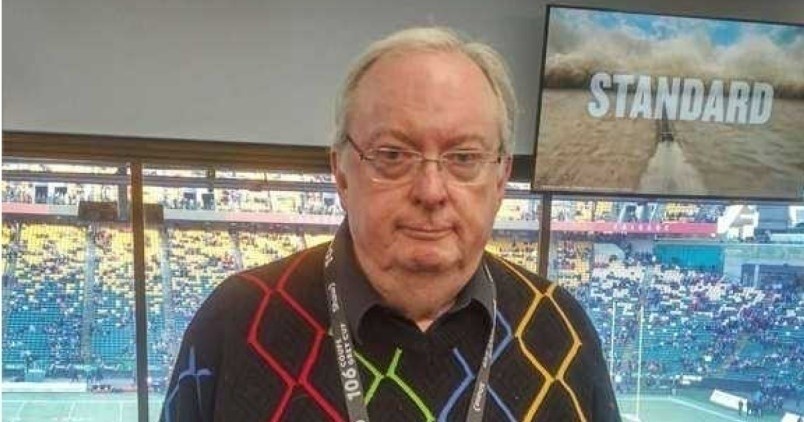Often the most important game decisions CFL head coaches make are in the last three minutes of the first half and the final three minutes of the game.
In those precious minutes they must decide when and if to use timeouts. I think it takes a head coach about three years to effectively manage those minutes. Saskatchewan Roughrider Head Coach Craig Dickenson is now in his third season and I think he is doing better this season.
Each team is allowed two timeouts per game with only one timeout able to be used in the last three minutes of the fourth quarter.
If a team has an unsuccessful challenge, it loses either their first or second timeout.
Dickenson has been loath to use a timeout in the first half of a game. He wants to keep the first timeout available to cover an unsuccessful challenge. An early use of a timeout and then a failed challenge would mean the team has no timeout for the end of the game.
Back on Aug. 1, 2019 against the Hamilton Tiger Cats, Dickenson’s reluctance cost the Riders a chance for a score at the end of the first half. With 31 seconds to go in the second quarter the Tiger Cats were on their own 18 and punting the ball. When Dickenson did not call a timeout the Riders had only two seconds left after Kyran Moore had returned the punt to the Hamilton 49. Had Dickenson used the timeout they would have had the ball with about 20 seconds and a good chance at scoring. After the game Dickenson said he should have called the timeout.
This year he explained he is willing to use the timeout in the first half if the time is right. In the first B.C. game at Mosaic, the Lions had the ball at their 10-yard line with 33 seconds to go in the half. After a first down run for two yards there were 30 seconds left. Dickenson decided not to call a timeout. He said that if he called the timeout there would only have been time left for a punt return. B.C. would have used a few seconds on second down and then had to punt on third down. If there had been 35 seconds to go in the half instead of 30 seconds he would have called the timeout. There would have been time for at least a play after the punt. I thought his reasoning was sound.
Some coaches such as Calgary’s Dave Dickenson will use the first timeout in the fourth quarter just before the three minute warning to either try to end an opposing drive or save time for the Stampeder offence. I do not recall Craig Dickenson using a timeout at that time of the game.
Mike O’Shea is the master of the crucial three minutes. The Blue Bombers always maximize their opportunities during those minutes.
There was a time when Craig Dickenson had conflicting interests at the ends of the second and third quarter. When he was responsible for special teams the dual duties of Head Coach and Special Teams Co-ordinator meant divided attention. In 2022 Kent Maugeri is the Special Teams Co-ordinator. For the closing minutes the Head Coach has to be focused on time.
Bill Selnes, who’s based in Melfort, has written about the Saskatchewan Roughriders since the late 1970s. He was inducted into the Canadian Football Hall of Fame, Football Reporters of Canada wing on Nov. 24, 2013.


